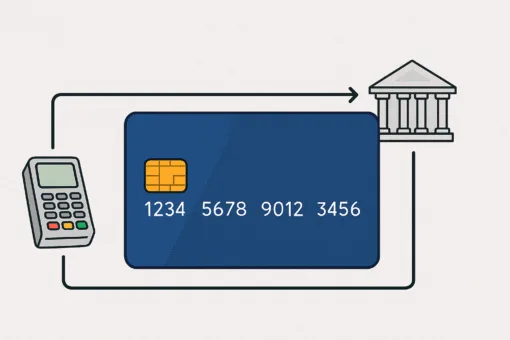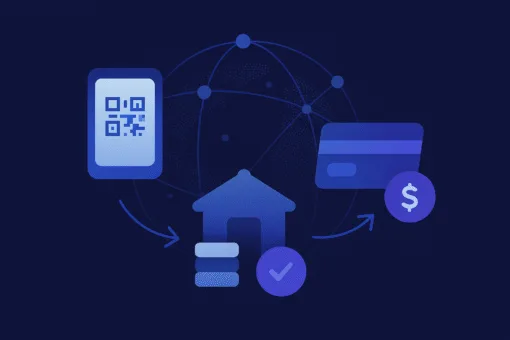Guest post by, Charlotte Lin, a content creator at escaperoom.com. She’s a passionate young woman, mother to an amazing nine-year-old, and an avid reader. Over the years, writing has helped her explore and understand the world as well as her own self. She loves to travel, meet new people, and spend quality time with her daughter. You can find her on LinkedIn.
Risk management assessment in banking has come under scrutiny in recent years. This is because banks are some of the world’s most regulated businesses. Yet, they continue to experience a high rate of failure. Therefore, the assessment of risk management in banking is a critical exercise that must be undertaken with care.
There are many aspects to consider when assessing risk management in banking, including the regulatory environment, the size and also complexity of the bank, and the type of business the bank is engaged in. As I was returning from Dimensions Escape rooms, the thought of saving money came to my mind. In addition, it is essential to consider the impact of technology on risk management in banking. The risks associated with traditional banking activities have increased with the advent of online banking, mobile banking, and other digital channels. As a result, banks must be ever more vigilant in their risk management assessment.
Importance of operational risk management

Operational risk management is a crucial component of any successful banking institution. Operational risk is the risk of loss resulting from inadequate or failed internal processes, people, or systems. In other words, it encompasses everything from human error to cybercrime. Given the potential for significant financial losses, banks need to have robust risk management systems in place. This typically includes preventative measures (such as training staff on cybersecurity best practices) and contingency plans (such as insurance against cyberattacks). Banks can very well protect themselves and their customers from financial harm by taking steps to reduce operational risk.
No business or organization is immune to lose, but effective loss management can help minimize losses’ impact on operations. In the banking industry, operational losses can occur for various reasons, including fraud, cybercrime, human error, and natural disasters. While it is impossible to eliminate operational risk, banks can implement several loss prevention strategies to minimize loss exposure. These include segregation of duties, background checks for employees, robust security protocols, and insurance coverage. Banks can help protect their customers and their bottom line by taking proactive steps to manage operational risk.
The challenges in banking
Banking is an enormous industry that has always been reliant on technology. From the early days of keeping track of transactions with ledgers and quills to the modern era of mobile banking and cryptocurrency, technology has always played a role in how banks operate. In recent years, however, the part of technology in banking has become even more critical, as new technologies are transforming how risk is managed.

Risk management was a largely manual process in the past, relying on human judgment and experience to identify and assess risks. However, with the advancement of big data and artificial intelligence, banks can quickly and accurately identify risks using powerful data-driven tools. This has allowed banks to become much more proactive in their risk management approach and has helped prevent potential problems before they occur.
Technology is also playing a vital role and position in changing how banks respond to risk. In the past, risk management policies were often inflexible and slow to adapt to change. However, new advanced technologies such as cloud computing and blockchain allow banks to be much more agile in responding to risk. This is critical in today’s fast-paced business world, where changes can happen quickly.
Overall, it is very clear that technology is playing an increasingly important role in banking, particularly in risk management. As new technologies continue to emerge, it is likely that this trend will continue and that banks will become even more reliant on technology to help them manage risk effectively.
What next?
The banking industry is highly regulated, and compliance with all the applicable laws and regulations can be challenging. To help banks meet this challenge, many vendors offer GRC (Governance, Risk, and Compliance) programs. These programs provide a framework for managing risk and ensuring compliance with all the relevant rules and regulations. The programs vary in features and functionality, but they all aim to help banks manage their risks and comply with the law. Given the complex nature of the banking industry, a GRC program can be invaluable for assisting banks to stay compliant and protect their interests.















